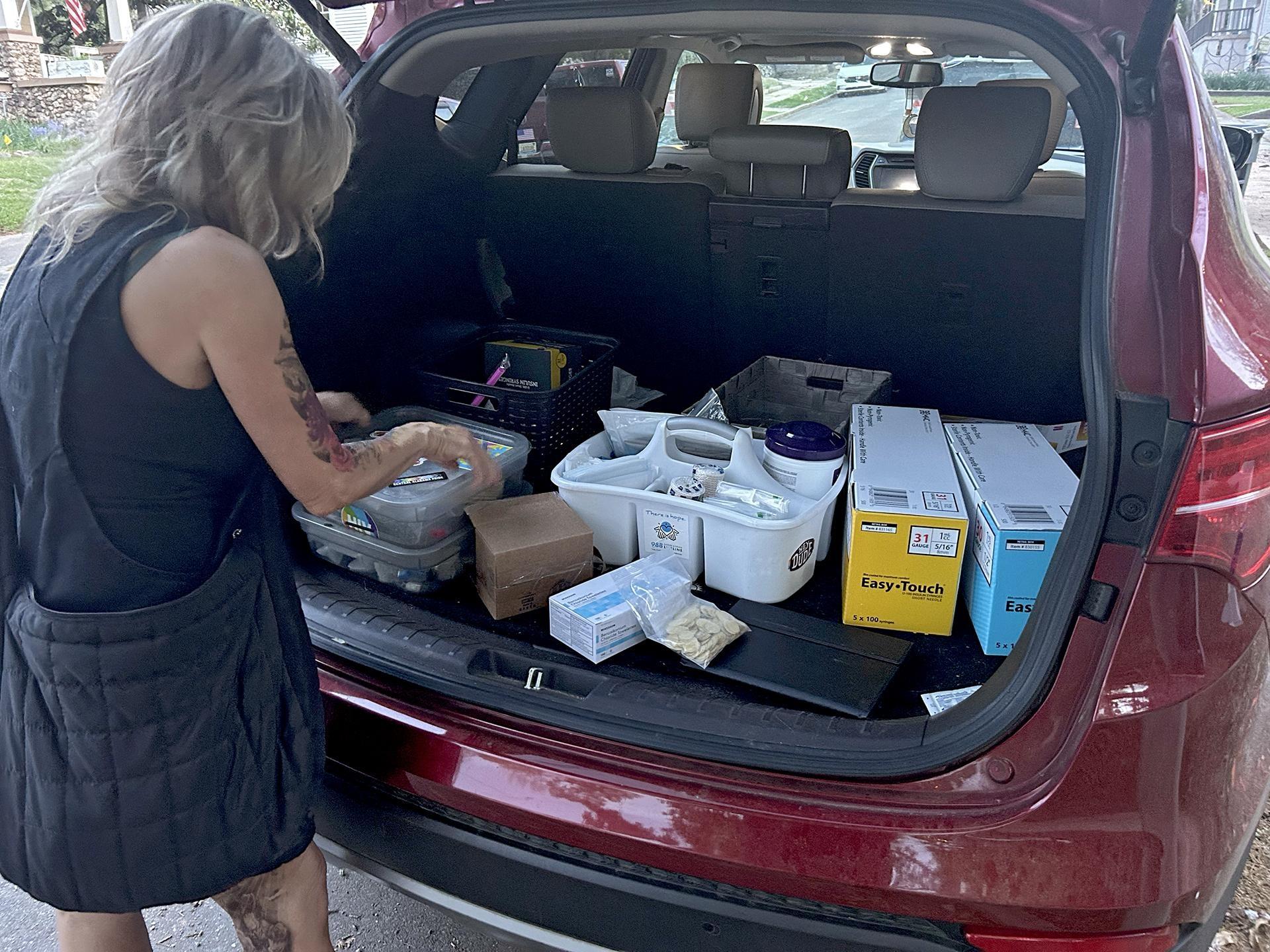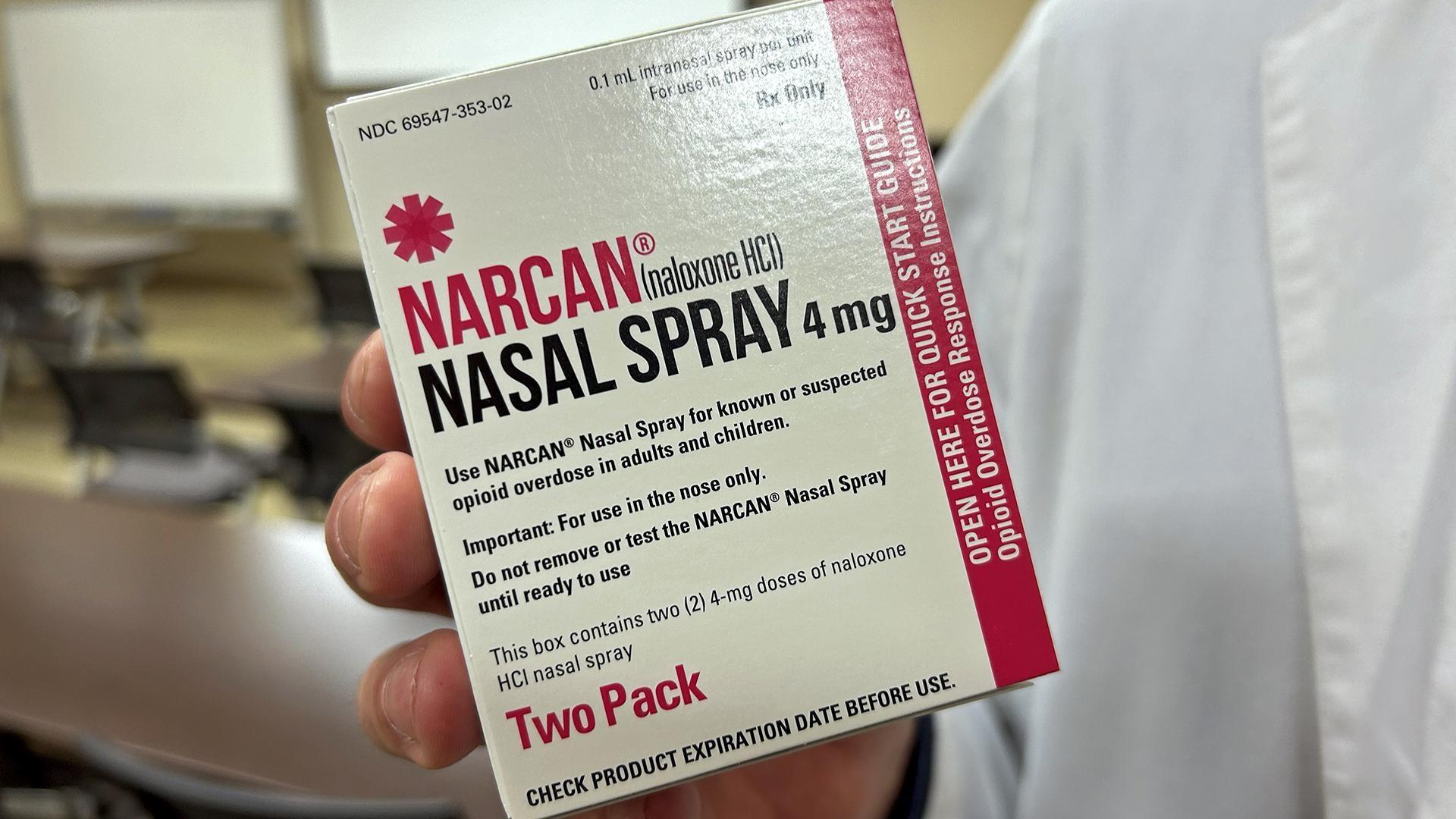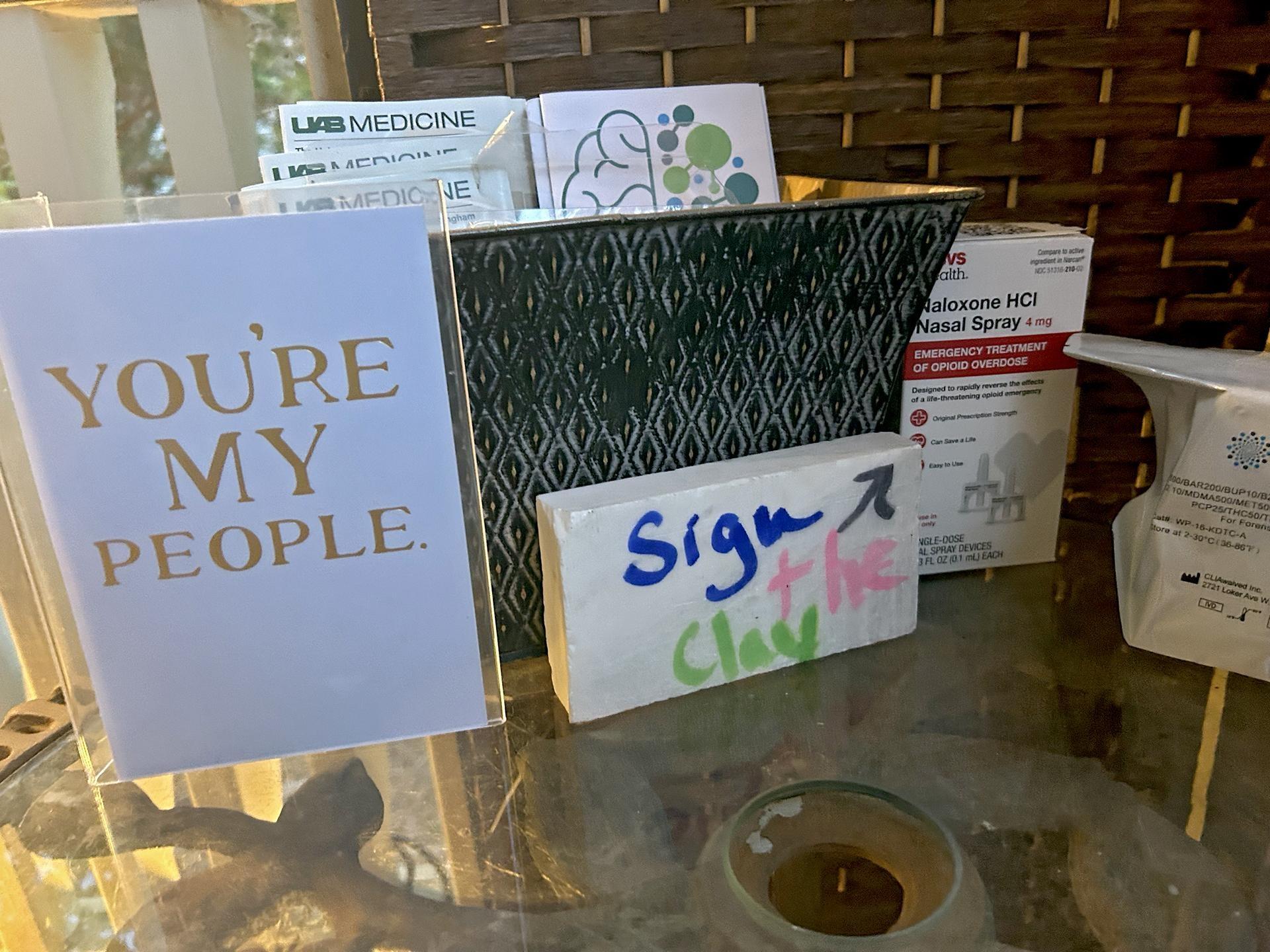Last year was the first time Jefferson County has ever seen a significant drop in overdose deaths, Hicks said. And the county is on pace this year to have “sustained drops.” He credits the decrease squarely as a result of OD2A funding.
Hicks hasn’t heard any official word from the CDC about the status of the grants. But he said the pattern feels familiar under the Trump administration: he hears about funding cuts in the news, doesn’t hear anything from officials, then receives a notice terminating the funding.
The Jefferson County Board of Health previously received two major federal grants aimed at reducing COVID-19 disparities and improving disease detection — both of which have since been terminated, Hicks said.
The first, awarded in 2021, provided $4 million through the CDC’s National Initiative to Address COVID-19 Health Disparities Among Populations at High-Risk and Underserved, Including Racial and Ethnic Minority Populations and Rural Communities.
The second, much larger grant was awarded in 2022 and totaled more than $28 million. It came through the CDC’s ELC Enhancing Detection Expansion & Immunization Cooperative Agreement, a program meant to boost public health infrastructure. The funding helped expand lab capacity, improve disease surveillance and data systems, and build up the local public health workforce.
Combined, the two grants totaled over $32 million in federal support. Both are now gone.
“We had to cease all grant-related activities,” Hicks said. “So when there is any type of chatter about potential funding cuts, I take them very seriously.”
In a written response to the Gulf States Newsroom, the U.S. Department of Health and Human Services said the CDC “remains committed” to supporting the OD2A program, writing that it “directly aligns with administration priorities by advancing data-driven strategies to prevent overdoses and save lives.”
The Department will issue, at a minimum, initial grant awards within the next month, the statement said, but it “may contain less than the full-year of funding in the first incremental award.”
“This incremental funding approach is not specific to OD2A,” the statement added.







